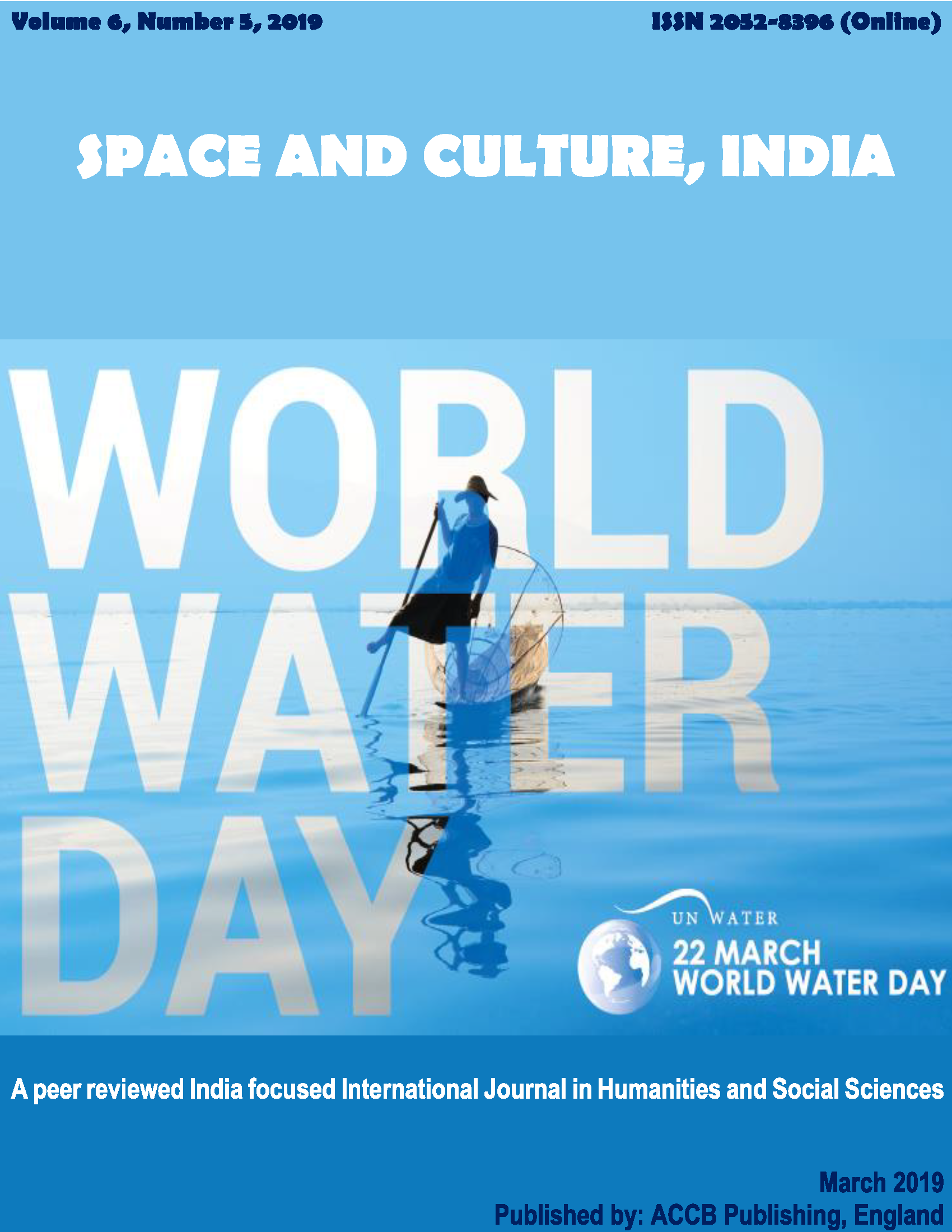The Appearance of Agrarian Property in the Nomadic Society in Central Asia in the 18th and the First Half of the 19th Centuries

Abstract
The main aim of the research is to analyse the process of transformation of the nomadic Kazakh society in the 18th Century and the first half of the 19th Centuries. Based on the archival materials, the authors concluded that in the period under study, actual private ownership of pastures was emerging in the nomadic Kazakh society.
Keywords
History of Kazakhstan, Colonisation, Nomadic Economy, Community, Pasture Isolation, Emergence of Private Land Use
References
Asad, T. (1970). The Kababish Arabs. Power, Authority and Consent in a Nomadic Tribe. New York: Praeger.
Ashforth, A. (1969). Thomas Henry Huxley. New York: Twayne.
Artykbaev, Zh.O. (2017). Nomads of Eurasia in the kaleidoscope of centuries and millennia. Astana: Monkey.
Chermak, L.K. (1908). Forms of Kirghiz land ownership. Siberian Issues, 39(40), 8-11.
Cole, D.P. (1975). Nomads of the Nomads: The AI Murrah Bedouin of the Empty Quarter. Arlington Heights: AHM Publishing Corporation.
Hantrais, L. (2009). International comparative research: theory, methods and practice. Basingstoke (England): Palgrave Macmillan.
Cunnison, I. (1966). Beggara Arabs: Power and Lineage in a Sudanese Nomad Tribe. Oxford: Clarendon Press.
Dahl, G. and Hjort, A. (1979). Pastoral Change and the Role of Drought. Stockholm: Swedish Agency for Research Cooperation with Developing Countries.
Dyson-Hudson, R. and Dyson-Hudson, N. (1969). The Food Production System of a Semi-Nomadic Society: The Karimojong, Uganda. In McLoughlin, P.F.M. (Ed.). African Food-Production Systems, Cases and Theory (pp. 91-123). Baltimore: The Johns Hopkins Press.
Culliver, P.H. (1955). Nomadic Movements: Causes and implications. In Pastoralism in Tropical Africa (pp. 369-386).
Haruzin, A. (1889). Kyrgyz of the Bukeevsky Horde: Anthropological-ethnological sketch. Knowledge of Imperial societies of fans in natural sciences, anthropology and ethnography, 63.
Hobbes, T. (1991). Collected works in 2 volumes (Vol. 2).
Kaufman, A.A. (1897). Migrants – land tenants of Turghai region. St. Petersburg: V. Bezobrazov printing-house.
Khazanov, A.M. (1995). The Ethnic Problems of Kazakhstan. Central Asian Survey, 14(2), 243-264.
Krausse, A. (1899). Russia in Asia: A record and study (pp. 1-2). London.
Kräder, L. (1979). The Origin of the State among the Nomads of Asia. In Pastoral Production and Society (pp. 231- 234).
Levshin, A.I. (1832). Description Kyrgyz-kazachikh, or Kyrgyz-kaisatskikh, ords and steppes. Saint Petersburg.
Lewis, I.M. (1955). Peoples of the Horn of Africa. Somali, Afar, and Soho. In Ethnographic Survey of Africa: North Eastern Africa (Part I). London: International African Institute.
Markov, G.E. (1976). Nomads of Asia: Structure of household and social organization. Moscow: Publishing house MGU.
Materials on Kyrgyz land uses: Semipalatinsk region, Pavlodar district. (1903). Voronezh.
Materials on Kyrgyz land uses: Semipalatinsk region, Ust-Kamenogorsk district. (1905). Saint Petersburg.
Meyer, L. (1850). Materials for Russian geography and statistics collected by the army officers of the General staff. Kyrgyz steppe of Orenburg administration. Saint Petersburg.
Notes of the Orenburg department of the Russian Geographical Society (p. 54). (1872). Kazan.
Olcott, M.B. (2002). The Kazakhs. Hoover Institution Press, Stanford University.
Otepova, G.E., Karimova, A.E., Abdrakhmanov, B.N., Battalov, K. and Aitkenov, Z. (2015). History of Kazakhstan in the legislation of the Russian empire in the 18th – early 20th centuries. Man in India, 97(7), 191-201.
Panarin, S.A. (1993). East as viewed by the Russians. In Russia and the East: Cooperation issues (Part 1). Moscow.
Pershits, A.I. (1976). Some characteristics of class formations and initiatory society relationships in nomadic society. In Formation of classes and government (pp. 280-313). Moscow: Science.
Complete Collection of Laws of the Russian Empire (Vol. 9, 22, 25, 27, 30, 40). (1830). Saint Petersburg.
Popov, A. (1853). Russian relations with Khiva and Bukhara. Saint Petersburg.
Potapov, A.P. (1954). About substance in patriarchal and feudal relations in nomadic society in Central Asia and Kazakhstan. Questions for history, 6, 73-89.
Razdykov, S.Z. (2007). The Kazakhs of the south of Western Siberia in the eighteenth - first half of the nineteenth centuries. Pavlodar.
Sedelnikov, T.I. (1902). Fight for the earth in the Kyrgyz steppe and the colonialist policy of the government. Saint Petersburg.
Shakhmatov, V.F. (1964). Kazakh depastured and nomadic community: Questions of forming, evolution and decomposition. Alma-Ata.
Spencer, P. (1965). The Samburu: A Study of Gerontocracy in a Nomadic Tribe. Berkeley: University of California Press.
State Archive of the Orenburg Region, Fund 3, Series 1, File 2, Pages 1-12
Tokarev, S.A. (1978). History of foreign ethnography. Moscow.
Tolybekov, S.E. (1971). Nomadic society of Kazakhs in 17-beg. 20 centuries: Political and economic analysis. Alma-Ata.
Tuchkova, T.V. (1999). N.A. Berdyaev on the Russian national character. MGTU Herald, 2(1).
Valikhanov, Ch.Ch. (1984). Collection of compositions in 5 volumes. Alma-Ata.
Vladimirtsov, B.Ya. (1934). Public order of Mongols. In Mongolian nomadic feudalism. Leningrad.
Zlatkin, I.Ya. (1973). Some problems in social-economical history in nomadic nations. NAA, 1, 61-71.
Materialy po kazakhskomu obychnomu pravu [Materials on Kazakh customary law], (1948). Alma-Ata.